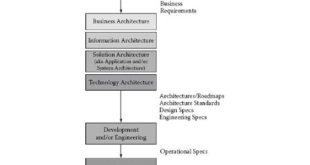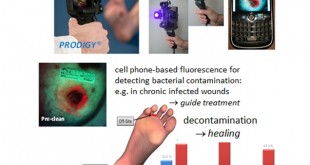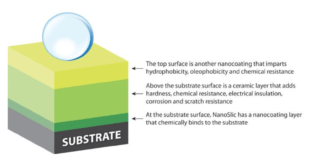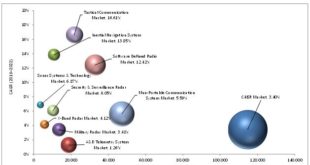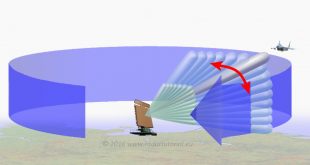The APM Body of Knowledge 6th edition defines handover as: “The point in the life cycle where deliverables are handed over to the sponsor and users.” . It might also be the end of the defects and liability period (essentially the first year’s warranty period of a building). It could …
Read More »Enterprise architecture
The term enterprise can be defined as describing an organizational unit, organization, or collection of organizations that share a set of common goals and collaborate to provide specific products or services to customers. In that sense, the term enterprise covers various types of organizations, regardless of their size, ownership model, operational …
Read More »Civil military integration strategy boosts Dual use technologies to foster Military innovation
Historically and during the cold war military technology programs drove many commercial successes like Nuclear power, GPS, Internet, Computers, Jet Engines, semiconductor and integrated circuits, and these were driven by Department of Defense’s comprehensive and well-resourced investment plans. The internet grew out of a military research project. Global Positioning System …
Read More »The Synthetic biology infrastructure will drive development of cloud based synthetic biology “apps”, and biology-as-a-service
Synthetic biology is the application of science, technology and engineering to facilitate and accelerate the design, manufacture and/or modification of genetic materials in living organisms, as defined by the European Commission. It envisions the redesign of natural biological systems for greater efficiency, as well as create new organisms as well as …
Read More »Smart Textiles Market
Clothing has been one of the three basic human needs since the beginning of our species. From clothing purpose the use of textile has progressively extended to household and domestic applications. The textile was also used for technical applications such as sailcloth, tent, protective garments, ropes, etc., which leveraged the …
Read More »Biophotonics play key role in Radiology, personalized medicine, environment sensing, chemical and biological sensors
Biophotonic is an interdisciplinary field that covers the interaction between light (electromagnetic radiation) and biological materials such as subcellular structures, cells, tissues, and molecules in living organisms. It holds potential to address important societal challenges, including in human health through the development of medical devices for the management of human …
Read More »Nanocoatings provide multiple functionalities in the aerospace, defense, medical, and marine applications
Nanotechnology is an industry that has recently begun to offer breakthrough solutions to the world. The incorporation of nanomaterials into thin films, coatings and surfaces leads to new functionalities, completely innovative characteristics and the possibility to achieve multi-functional coatings and smart coatings. The use of nanomaterials also results in performance enhancements …
Read More »Military CNS Technology growth
CNS (Communication, Navigation, and Surveillance) comprises a vast portfolio of electronic components and technologies utilized for communication, navigation, and surveillance, which are offered under a single platform. Communication comprises tactical wireless headset; personal radio; field digital switchboard; field telephones; HF, VHF, and UH-combat net radios; and antenna multi-couplers; among others. …
Read More »3D Radars for Counter stealth Aircraft, Counter Unmanned Aircraft Systems (C-UAS) to Air and Missile defence systems
Radar, electromagnetic sensor used for detecting, locating, tracking, and recognizing objects of various kinds at considerable distances. It operates by transmitting electromagnetic energy toward objects, commonly referred to as targets, and observing the echoes returned from them. Energy is emitted in various frequencies and wavelengths from large wavelength radio waves to …
Read More »Requirements development and analysis, Requirements Verification & Validation critical for Military acquisition
Requirements development is paramount to successful acquisition outcomes. Properly developed requirements enhance competition, ensure sound business strategies, provide the basis for realistic Government estimates, mitigate requirements creep, and help the Department to meet critical acquisition timelines. Systems Analysis of weapon system requirements projected by services may contribute immensely in reducing …
Read More » International Defense Security & Technology Your trusted Source for News, Research and Analysis
International Defense Security & Technology Your trusted Source for News, Research and Analysis
